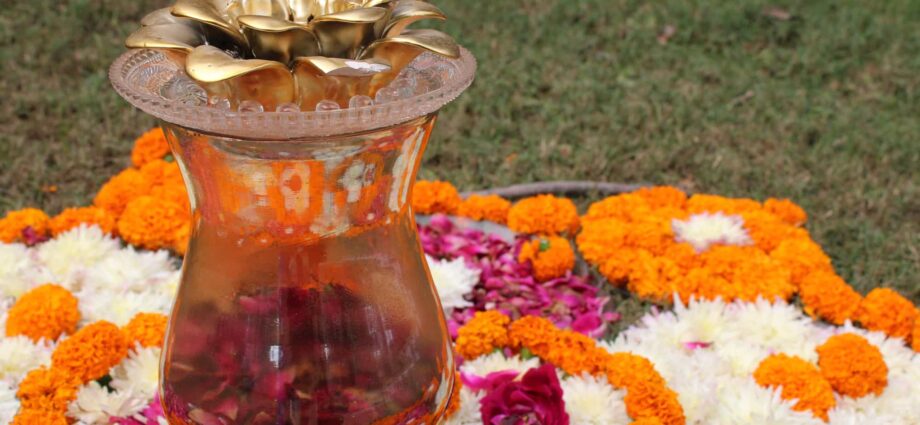An insight into scientific research studies conducted on the question of rebirth
Not many would know or remember Shanti Devi Mathur of Delhi today, who became a sensation nearly a century ago when she claimed to remember her past life, and even Mahatma Gandhi set up a commission to find the truth behind her claims. Shanti Devi not only claimed to remember her past life as Lugdi Devi Choubey of Mathura, but also met and recognized her family in Mathura and narrated incidents that were corroborated by her family of the past life.
During this pandemic, death has undone so many of our near and dear ones that it makes us ponder what happens to the persona of an individual who passes away. A child grows into an individual with a persona with attributes by gathering immense experience in a lifetime. What happens to that persona? Is there an afterlife? Those who are strong believers in their respective religions have everything explained in their scriptures. However, a disbeliever can seldom be comforted by scriptures. and would like to explore anything from a non-dogmatic perspective.
Among the authors who have written on the topic of rebirth, I found three of them noteworthy, and they all come from science background: 1) Raymond A. Moody, considered the first medical science person who studied near-death experiences, came out with his findings in a book ‘Life after Life’ in 1975. The book records near death experiences of people and reveals a common pattern: You get to see your life all over again in all its minutiae and then you see a light at the end of a tunnel, and so on and so forth. 2) Dr Ian Stevenson, a Professor of Psychiatry with an MD, who studied globally whether or not rebirth occurs, wrote a fascinating book ‘Children Who Remember Previous Lives: A Question of Reincarnation’. Dr Stevenson carried out his research in India, too. 3) Dr Brian Weiss, an American psychotherapist who conducted regression therapy, wrote an insightful book, Many Lives, Many Masters, which explores past lives of people who do not culturally/religiously believe in rebirth. These three authors, who all come from a culture/religious background that does not believe in rebirth as we do in India, have done a considerable amount of research, attracting many others to work in this area of research.
Thanks largely to Dr Ian Stevenson’s pioneering work, rebirth became the subject of scientific research in the 20th century. In 1967, Dr. Ian Stevenson set up the Division of Perceptual Studies at the University of Virginia, USA, to study what happens to the human persona after death. Dr. Stevenson, in his lifetime, examined hundreds of accounts of people who claimed to recall past lives.
Dr Ian Stevenson’s attention was drawn to the case of Shanti Devi Mathur of Delhi. Dr Stevenson not only came to India to meet Shanti Devi, but also wrote about her making her life as a case study for his research. Shanti was born to Prem Pyari Mathur and Rang Bahadur Mathur in Delhi. In her fourth year of present life, Shanti began saying that she was a Brahmin woman from Mathura and that she had a husband and family waiting for her there. Shanti also told her mother to cook “sattvic” food, as the Mathur family was not vegetarian. “In Mathura, we don’t eat meat,” she told her mother and that one should not kill animals for food. Such talks by a four-year-old piqued the interest of… (to be contd.)

